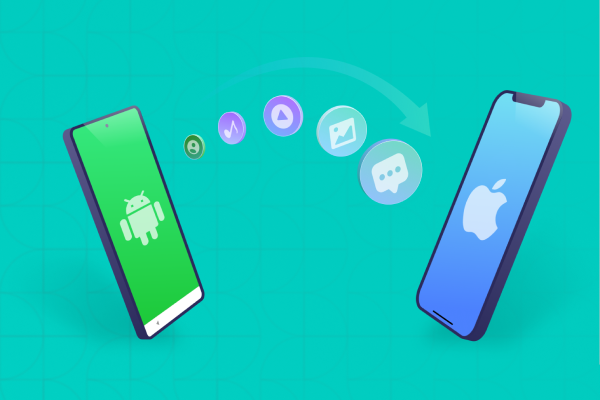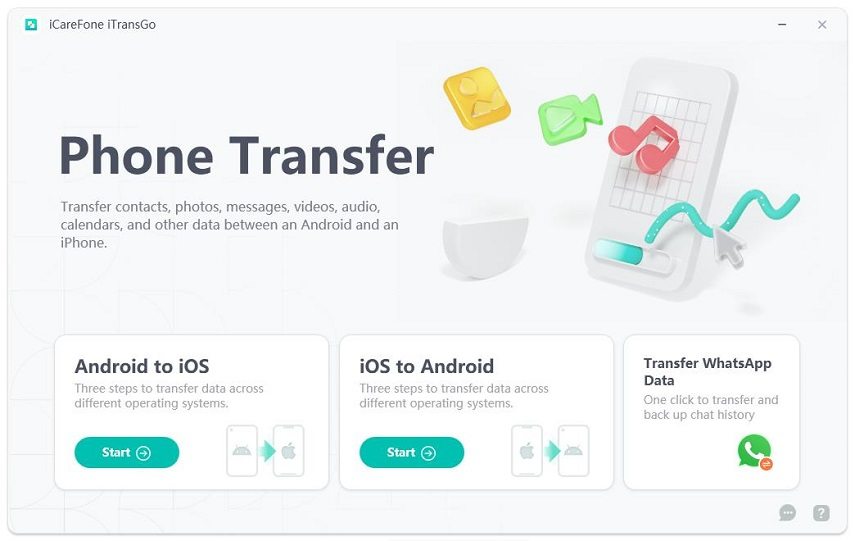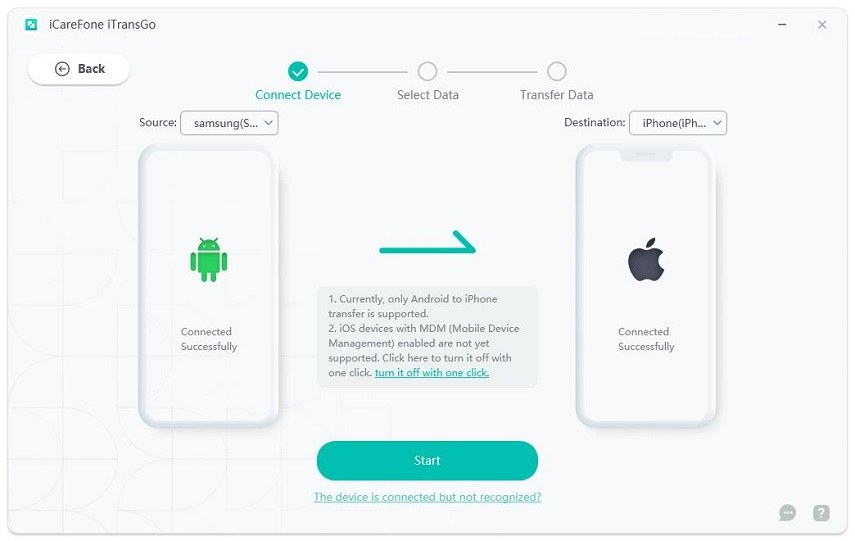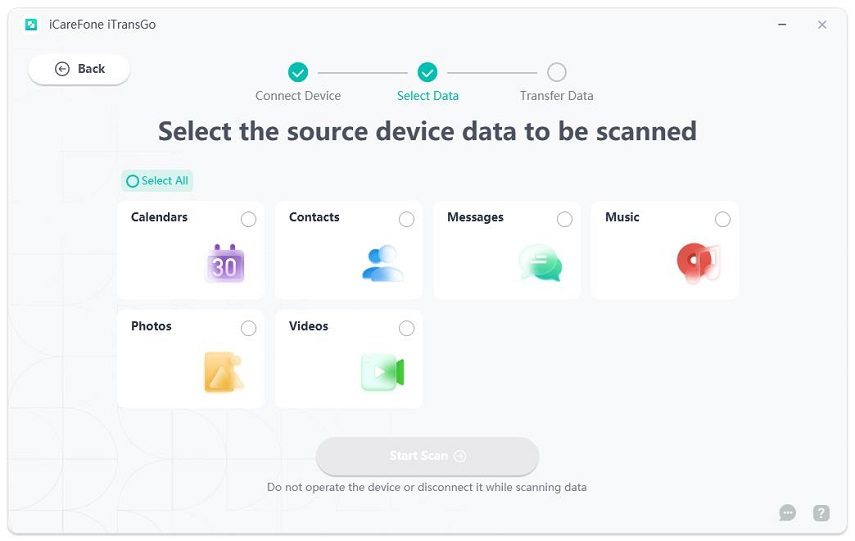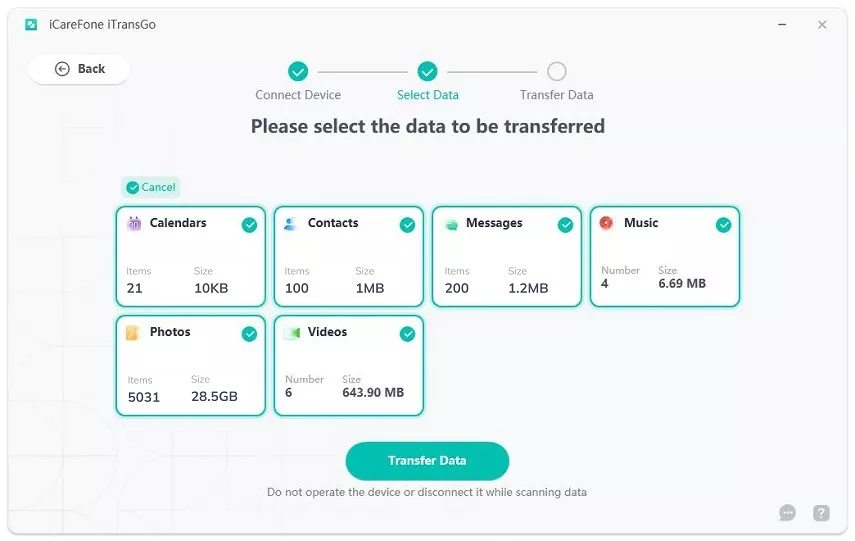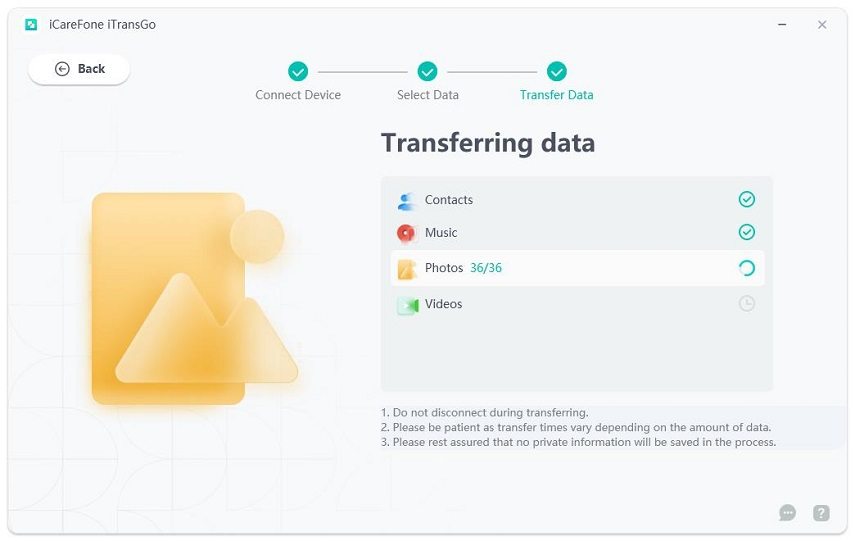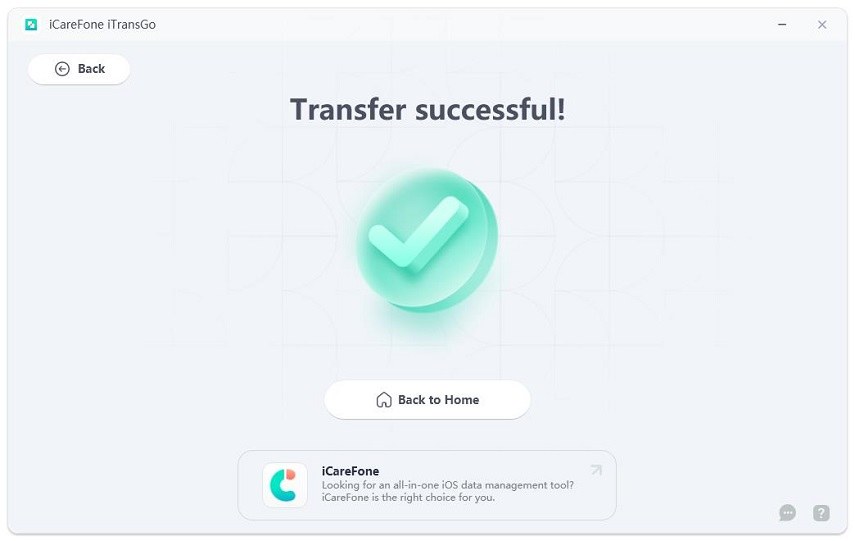Fix Snapdrop Not Working with 9 Ways 2025
I have been struggling with Snapdrop net not working on my iDevice for some days now. Of course, I Googled some solutions online but none seems to be working. Most users online say this problem is not a big deal, but I am just wondering why mine has not worked. Please, how can I get around this issue because I really need to do some urgent file transfers with Snapdrop,” --- from an iPhone user
- Part 1: Snapdrop Not Working Common Scenarios
- Part 2: Fix Snapdrop Not Working - 9 Ways
- Part 3. Transfer Android to iPhone but Snapdrop Not Working? The Best Alternative
Part 1: Snapdrop Not Working Common Scenarios
Many reasons can be responsible for Snapdrop not working on your device. From compatibility issues to server problems to bugs, anything can stop Snapdrop from working on your device as expected. Some of the Snapdrop not working scenarios include:
- Snapdrop having issues on some browsers.
- Transferring files between Windows 10 and iPad may not work.
- Peer-to-Peer connection successfully created but file transfer not working.
Part 2: Fix Snapdrop Not Working - 9 Ways
- Way 1. Check if both devices are connected to the same Wi-Fi
- Way 2. Turn off VPN connections
- Way 3. Clear browser's cache and cookies
- Way 4. Switch to a different browser
- Way 5. Uninstall and reinstall the Snapdrop
- Way 6. Disable other extensions
- Way 7. Check Windows Defender Firewall whitelist
- Way 8. Restart devices
- Way 9. Check Snapdrop server status
Way 1. Check if both devices are connected to the same Wi-Fi
Anytime you suspect that Snapdrop net not working, the first thing is to check if the sending device and receiving device are on the same Wi-Fi network. That is because it is impossible to transfer files with Snapdrop if both devices are on different networks.
Snapdrop employs WebRTC for its file transfer. For that reason, both devices must be on the same Wi-Fi network. However, if your devices are already on the same network, then try the other solutions below.
Way 2. Turn off VPN connections
A VPN or Virtual Private Network connection might be the reason for your Snapdrop not working. So, you may have to turn it off for Snapdrop to function on that device.
Way 3. Clear browser's cache and cookies
Too much data on your browser’s cache and cookies can affect how Snapdrop functions on your device. It is generally known that when you have a cache buildup on your device, it can affect certain sites.
Therefore, you must clear your browser’s cache and cookies to see if that will help. To remove the cache on Android devices, follow the steps below:
- Click on Settings.
- Click on Apps
- Click on the browser you are using.
- Click on Storage.
Click on Clear Cache.

Way 4. Switch to a different browser
The browser you are using could also be why Snapdrop not working on iPhone. If that is the case, there is nothing you will do on that browser to make Snapdrop work.
Try switching to a different browser to see if that could help you resolve the problem. Otherwise, try the solution below.
Way 5. Uninstall and reinstall the Snapdrop
It is usual for software to start misbehaving if it’s broken. For instance, Snapdrop can stop working when yours is outdated.
That is why you must verify whether you are using the updated version. One way to get the latest version is by uninstalling the one you have and reinstalling the app again. That way, you can be sure of using the newest version of Snapdrop. And that can also help fix the Snapdrop not working issue.
Way 6. Disable other extensions
It is common knowledge that online users prefer to browse the internet without seeing annoying ads. That is why many users use one form of ad-blocker or the other. Unfortunately, those ad-blockers can stop Snapdrop from working on your device.
But if you must use those ad-blockers, open your browser settings and see that you configure the tool to disable other extensions only. In other words, Snapdrop should be in a whitelist, so the ad-blocker does not obstruct its operations.
- Open your web browser.
- Look for a menu icon (usually three horizontal lines or dots) in the top-right or top-left corner and click on it.
- Find and select "Settings" or "Options" from the menu.
- Look for "Extensions" or "Add-ons" in the settings menu and click on it.
- You will see a list of installed extensions.
- Locate the extension you want to disable and find a toggle switch or checkbox next to it.
Click the toggle switch to turn off the extension or uncheck the checkbox to disable it.

- If prompted, confirm the action to disable the extension.
- Repeat steps 6-8 for any other extensions you want to disable.
- Close and reopen your browser for the changes to take effect.
Way 7. Check Windows Defender Firewall whitelist
If you’re using the Snapdrop desktop app, then take care of your Windows defender firewall whitelist.
Activating or enabling Windows Defender Firewall can be the major cause of Snapdrop not working. Snapdrop cannot create a P2P connection when Windows Defender Firewall is enabled.
So, if you must enable Windows Defender Firewall, include Snapdrop to its whitelist to allow it to function without any interference from Windows Defender firewall.
- Open the Start menu and search for "Windows Defender Firewall".
- Choose "Allow an app or feature through firewall." from the left menu.
- Click "Change settings".
Click "Allow another app".

- Locate and select "Snapdrop" from the list or click "Browse" and navigate to the Snapdrop installation location. Select the Snapdrop executable file (.exe) and click "Open."
- Click "Add."
- Snapdrop should now be added to the list of allowed apps in the Windows Defender Firewall.
- Click "OK" to save the changes and close the defender settings.
Way 8. Restart devices
All you may need to do to fix Snapdrop not working on iPhone/Android could be to restart your device. Restarting your device can help you resolve compatibility issues and some software problems.
But if, after restarting the device, you still can’t get Snapdrop to work, then you might be dealing with a much more significant challenge.
How to restart Android:
- Press and hold the power button on your Android device.
- A menu will appear on the screen.
- Look for an option that says "Restart" or "Reboot."
Tap on the "Restart" or "Reboot" option.

- Your Android device will now begin the restart process.
- Wait for your device to finish restarting.
How to restart iPhone:
- Press and hold either of the volume buttons and side button simultaneously.
- Once the power off slider appears, drag it and wait 30 seconds to turn off iPhone.
- Press and hold the side button and you will see the phone restarts and the Apple logo shows up.
Way 9. Check Snapdrop server status
Many users who complained about Snapdrop not working on their devices later discovered the Snapdrop server was offline. With the Snapdrop server status, you can know if the server is online or offline.
To confirm the server status, open this link on your browser. The status will be there for you to see.
Part 3. Transfer Android to iPhone but Snapdrop Not Working? The Best Alternative
It is possible to try all the measures described above and still have Snapdrop not working. If you find yourself in that situation, you need to turn to a tool that can help you seamlessly transfer all your files.
You can use Tenorshare iTransGo to transfer data from Android to iPhone if you are having issues with Snapdrop. Guess what? Transferring your files with Tenorshare iTransGo is even more convenient and faster than with Snapdrop. Let’s run through the iTransGo features so you see what you can do with this tool.
- Do data transfer from Android to iPhone without resetting your device.
- You can restore a part of or all the data.
- Data merging on target device. No overwriting of device data.
- Transfer data from more than 8000 Android devices to iPhones.
- Supports Android 13 and the latest iOS 16.
How to use iTransGo to Transfer data from Android to iPhone Device:
Download iTransGo and install it on your PC. Open the program when you are done with the installation. From the Android to iOS section, click on Start.

Use USB cables to connect the Android device and the iPhone to your PC. Make sure you have enabled permissions on the Android and iPhone so the system can detect them. Click on Start when both devices have been detected by the app.

Subject your Android device to Data Scan and commence transfer to iPhone. Choose the data you wish to scan. Click Start Scan to proceed.

Click on Transfer Data when the scanning process is completed.

Data transfer is ongoing. Please, do not disconnect any of the cables in the process. The time it takes to transfer the data depends on the size of what you are transferring.

Data transfer was successful.

Part 4. Other Apps Similar to Snapdrop
There are actually over 2 dozen alternatives to Snapdrop that can be used on different platforms. However, some of the best alternatives include:
The Bottom Line
Snapdrop is excellent for transferring files from your Android device to iPhone. But as we’ve seen, the service is not without serious shortcomings. Tenorshare iTransGo is a better alternative for moving files from Android phones to iPhones. With iTransGo, you can forget about Snapdrop not working.
Speak Your Mind
Leave a Comment
Create your review for Tenorshare articles
